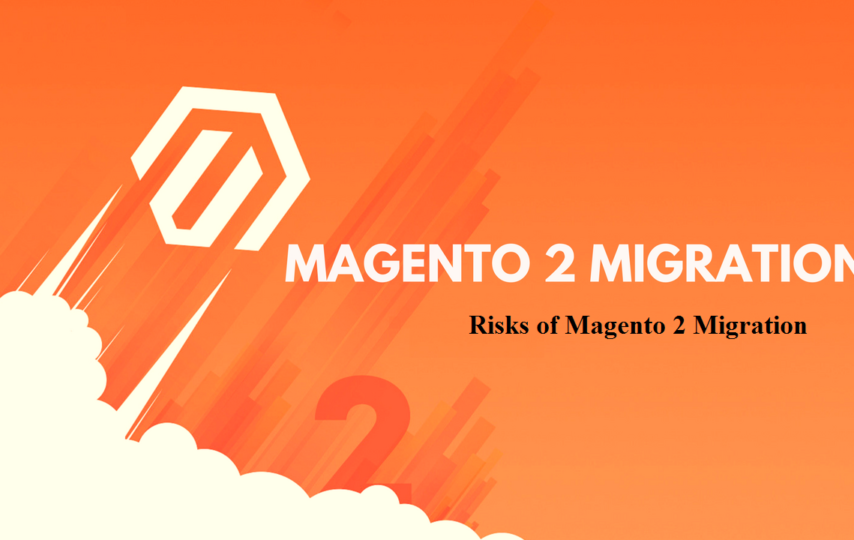Magento 2 has changed the way eCommerce was perceived by all its users. Easing the ways of shopping and marketing experienced by individuals across the public sphere, Magento 2 has created such a reputation for its interface that companies are opting to switch to it incessantly. While the promptness is acceptable, it must be ensured that any action of migration is conducted after due consideration of the repercussions that might entail in it.
Migrating to another website administrator may lead to a number of damages both to brand sales and accounting information. Here is a list of risks that companies may have to face while migrating to Magento 2 and the preventive steps that they may take to avert losses:
- Loss of Data and Information
The eCommerce stores deal with a number of customers throughout the day. Naturally, such startling sales record also stand proof of the huge amount of data analytics that is needed for the fluent transactions. Migration to Magento 2 without understanding the technical knowledge base which is needed to execute the procedure can lead to the loss of the self-same user data and records of the company’s business transactions. In order to prevent loss of crucial information, it is advised to back up the data of the Magento Store 1 in an external hard drive, cloud storage, or ZIP drives before beginning the migration process.
- Hampering of the SEO Customization and Rankings
Magento 1 stores are SEO optimized. This means that every product or service recorded on its grids is located using a specified URL, category, and webpage when the end user takes to inspecting it online. Thus, migration of Magento 1 information to Magento 2 platform can cause hassles in the sale-purchase procedure by altering the URL links, updating product categories, duplicating content throughout the store, and erasing internal link data.
To overcome these technical difficulties, companies must use the webmaster tool for resolving 404 error pages to 301 redirections, individually check for duplicate content while layer navigating, and format all the older internal links to establish new interconnections. The interactive guide to Magento 2 can help in easily going through the all store functions.
- Compromise of Brand Colours, Extensions, and Themes
Magento 2 migration process is not merely a shift from one form of a store to another. It involves thorough redesigning of the company store to include the advanced features and perform associated customization. Hence, the process can result in the loss of the familiar colors, themes or extensions used by the company. While their nearest resemblance can be created using the expert tools of Magento 2, it is nearly impossible to regain the lost store features.
- Extensive Work Hours with High Expenditure
Even though the Magento eCommerce Development Company maintains their complete cooperation and support during the tedious migration process, it still takes a minimum amount one month (or even maximum three) to complete the process in all respects. During this testing period, a number of features are installed in the company store while essential upgrades are performed simultaneously.
As expected, the effective cost of the procedure may become expensive for businesses and the working duration may cause poor sale rates. The only means for companies to overcome these undue issues is to plan ahead for the migration procedure by saving sufficient company revenue and actively helping Magento Migration Company during the procedure duration to fasten the process.
Nearly all the risks posed by Magento 2 migration can be averted using appropriate preventive measures. Certain others like the development of new extensions in place of the former can be performed with the help of professionals to reduce the risks of a sales drop. With Magento 2, the possibilities of innovation are limitless!








